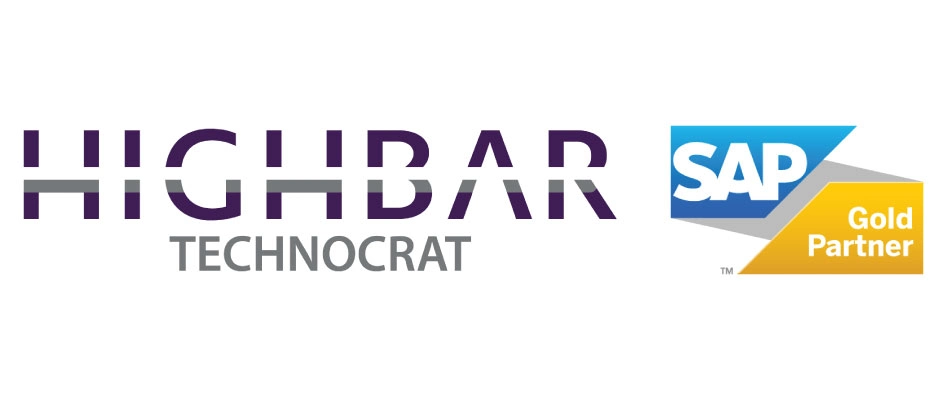
Any project’s physical and functional components can be displayed in five dimensions using a method called 5D. Along with 4D information sharing, 5D information sharing is available at the BIM’s level 2 of complete collaboration. The components of information sharing in construction that already existed, namely time management and CDE, have been supplemented by 5D with a focus on costs.
Instead of working in solitude and waiting to share information regarding their portion of the project until it is time, 5D enables more individuals to be included in the conversation from the beginning of the process. This technology also enables the automatic generation of quantities to be processed faster, gives more accurate data, and enables the estimator to explore new ways of offering efficient designs, performance, and costs.
Taking the same concept and applying it to brands and social media provides a clearer picture of what we’re talking about here. By utilizing social media, companies can assist a greater number of customers in a shorter time than they previously could through traditional customer service channels such as phone or email. This allows for a “generation of quantities to be processed quicker.”
It makes it possible for a brand to have a direct voice to the customer by supplying “correct data” or information. To deliver more “efficient designs, performance, and costs” in the future, social media also provides information about the “likes,” “dislikes,” and opinions of consumers regarding the product in question.
The role that 5D BIM will play in assisting the building industry
BIM depends on a Common Data Environment, which allows for all the many project agents to communicate and provide helpful comments to one another. In this regard, the application of 5D BIM software can significantly influence the construction management process in terms of the information that pertains to costs.
When viewed from a more analytical perspective, the data associated with the cost are continuously updated thanks to 5D BIM as the project moves forward. This indicates that the cost is not entirely specified at the beginning of the project; rather, it is dynamically evolved and readjusted throughout the project.
This ground-breaking strategy makes it much simpler for project managers to keep track of any modifications occurring while ensuring that the work is completed within the allotted spending limit. In the long term, this may enhance both the predictability of costs and the management of resources.
In addition, ensuring a strong connection between the building site and the office will prevent teams from operating in isolated compartments and make it easier to make judgments that are founded on facts.
The successful 5D building information modeling software application depends on widespread digital usage. If this does not occur, the updated project data will never be incorporated into the BIM model. When this obstacle has been removed, everyone can rest assured that they are working on the project’s most recent and accurate version.
Advantages of Using 5D BIM
It should be obvious by this point that utilizing 5D BIM in the building process can result in various positive outcomes. The following is an expanded list of them, which includes:
- According to a study conducted by McKinsey & Company, seventy-five percent of businesses that have begun utilizing this additional component of BIM have discovered a favorable return on investment.
- Those using five-dimensional technology have benefited from quicker project cycles, time savings with paperwork, and even reduced material prices. Because it has produced such positive outcomes, governments in nations such as Britain, Finland, and Singapore have decided to implement BIM in their public infrastructure construction projects.
- The combination of visual and data modeling skills results in a deeper comprehension of the breadth of the project. The expenses of each construction system are determined by formulas, which consider the particular design, materials, site conditions, phasing, and other criteria by the owner’s schedule.
- The entire team works together to gain a comprehension of the proposed design as well as the assumptions and cost drivers underlying it. They are then equipped with a clear and precise description of the project’s scope, cost, and schedule, all of which affect the funding decisions.
- While the model is being constructed or altered, data is delivered in real-time. It is simple to investigate alternative ideas, and the owner and the project team may instantly view the development of the costs and any other relevant data. This results in a significant reduction in the amount of time required for design and estimation. Efficiency is driven by real-time data that is both reliable and accurate.
In what directions will 5D and construction technology develop in the years to come?
The cloud is just the beginning of how technology can be used to manage building projects. Augmented reality is a type of technology gaining more and more traction in today’s culture; thus, the building industry is not far behind!
“Augmented reality” refers to a “mixed reality” in which holographic projections are superimposed on the user’s vision of the real world through a device. This is similar to virtual reality, except that instead of being transported to a fantastical world, you see the real world in front of you.
Adding augmented reality to a 5D building information model will benefit construction, maintenance, and operations. However, for it to be successful, those in charge of the project will need to begin coupling AR with 5-D technology as soon as the design phase begins.




